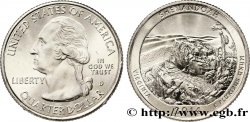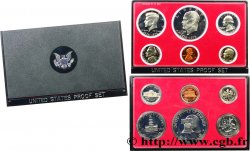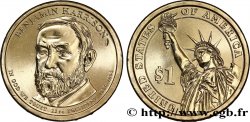fwo_274903 - UNITED STATES OF AMERICA 1/4 Dollar Parc Historique National de la culture Chaco - Nouveau-Mexique 2012 Denver
2.50 €
Количество
Добавить в корзину

Тип 1/4 Dollar Parc Historique National de la culture Chaco - Nouveau-Mexique
Дата: 2012
Монетный двор / Город: Denver
Количество отчеканенных монет: 22000000
Металл: copper nickel
Диаметр: 24,30 mm
Ориентация осей монеты: 6 h.
Вес: 5,75 g.
Век: cannelée
Лицевая сторона
Аверс: легенда: UNITED STATES OF AMERICA / QUARTER DOLLAR.
Аверс: описание: portrait à gauche de Georges Washington.
Обратная сторона
Реверс: легенда: CHACO CULTURE / NEW MEXICO 2011 E PLURIBUS UNUM.
Реверс: Описание: petites kivas du site de Chetro Ketl.
Комментарий
Lancé au début 2010, ‘America the beautiful’ est un programme de frappe de 56 monnaies commémoratives de 1/4 dollar illustrant les parcs nationaux et d’autres sites nationaux des États-Unis d’Amérique.
La canyon de Chaco situé au Nouveau Mexique est le plus important site archéologique précolombien situé au nord du Mexique. Témoignace de la culture des Anasazis, l’ensemble des sites devient un parc historique le 11 mars 1907
.
Launched in early 2010, 'America the Beautiful' is a program of 56 commemorative quarter dollar coins depicting the national parks and other national sites of the United States of America. Chaco Canyon, located in New Mexico, is the most important pre-Columbian archaeological site located in northern Mexico. A testament to the Anasazi culture, the entire site became a historic park on March 11, 1907.
La canyon de Chaco situé au Nouveau Mexique est le plus important site archéologique précolombien situé au nord du Mexique. Témoignace de la culture des Anasazis, l’ensemble des sites devient un parc historique le 11 mars 1907
.
Launched in early 2010, 'America the Beautiful' is a program of 56 commemorative quarter dollar coins depicting the national parks and other national sites of the United States of America. Chaco Canyon, located in New Mexico, is the most important pre-Columbian archaeological site located in northern Mexico. A testament to the Anasazi culture, the entire site became a historic park on March 11, 1907.







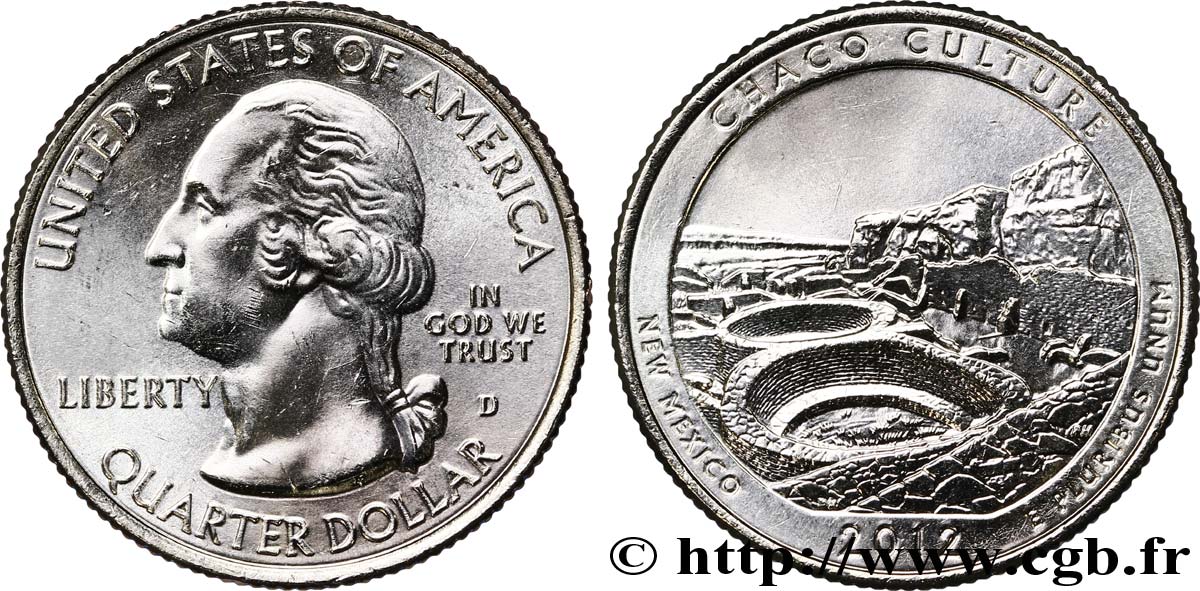
 Cообщить об ошибке
Cообщить об ошибке Распечатать страницу
Распечатать страницу Отправить мой выбор
Отправить мой выбор Задать вопрос
Задать вопрос Consign / sell
Consign / sell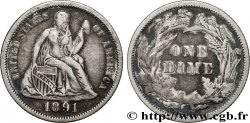
 Информация
Информация
